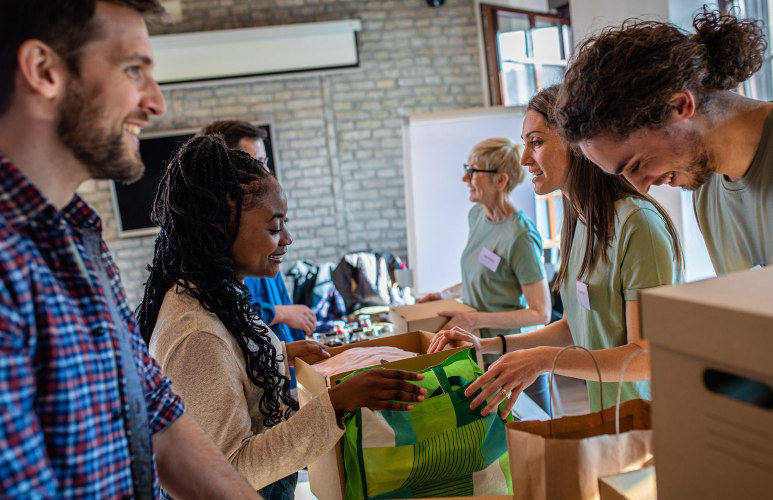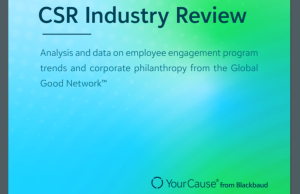The influences that saw growth in donations still exist in 2021, and funders who upped their donations are likely to either further increase their giving or keep it at last year’s levels, according to a survey from donor-advised fund program sponsor Fidelity Charitable.
Response to the COVID-19 pandemic drove a plurality of funders to increase their charitable contributions, with 22% saying pandemic concerns were the single-most important factor in doings so, and another 23% indicating a combination of COVID concerns and social justice issues spurred their behavior. Only 10% said social justice issues alone caused them to increase their giving.
These donors, who gave at least $1,000 last year, continue to give. Two-thirds are maintaining their increased levels from last year, while another 26% are giving “notably more.” A scant 7% said they are giving less, according to the Fidelity Charitable data.
The increased funding might have been spurred by increased education and awareness among donors. More than four in 10 — 42% — are more informed about causes around treatments and cures for disease, and just more than one-third — 34% — have increased their awareness of community issues, while nearly as many — 32% — have been more educated about hunger and 31% are more informed about racial discrimination.
Where information goes, dollars follow. Nearly one third — 32% — of funders will give more to hunger-based causes, followed by 29% who are or will give more to local community needs. Another 27% are or plan to up their contributions to treatments and cures for diseases, while 22% are donating more to either basic health services or shelter and affordable housing causes.
Another 21% said they would increase their contributions to racial discrimination. The 10-point disparity between awareness and increased contributions represented the second-biggest split between awareness and funding, lagging only the 29% who said they were more aware of economic development issues while only 16% upped their donations to these causes.
Funding causes does not automatically mean making direct financial contributions. Nearly three in 10 — 29% — said their 2021 activities will involve making more purchases from socially responsible businesses, while 28% would increase their donations made on a charity’s website or through other online channels, and another 28% would give more money directly to a friend, family member or other individual. Only 22% were more likely to attend a fundraiser or other benefit than in 2020, when many such events planned after March were postponed or canceled.
Unsurprisingly, during the pandemic in-person activities have fallen out of favor with funders. Pre-pandemic, 66% volunteered either in-person or virtually, a figure that plummeted to 35% during the pandemic. More disturbingly, the percentage of funders who did not do any volunteering at all jumped from 26% to 47%.
There is a ray of hope for organizations that rely on volunteers, especially those that can accommodate virtual volunteering. Going forward, only 45% of donors will do in-person volunteering only, compared with 57% pre-pandemic. But the percentage either volunteering exclusively virtually or doing a combination of in-person and virtual rose from 17% pre-pandemic to an anticipated 32%… with the caveat that there’s a gap between intentions and actually showing up.
As the immediacy of the various crises subsides, however, donors may scale back their giving. Six in 10 said the events of the past year were not going to have a long-term impact on how much they give, while 34% said they would give more. And organizations that haven’t grabbed new donors during the past year are going to have more difficulty introducing themselves to potential donors. Just under two-thirds (64%) say the events of the past year will not have a long-term impact on the causes they support.
Fidelity Charitable based its results on surveys of 701 adults who gave at least $1,000 to charity during 2020. The surveys were conducted during July and August 2021.








